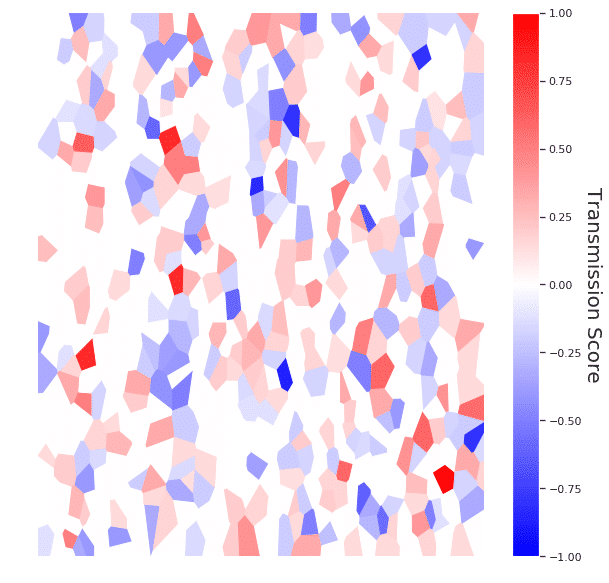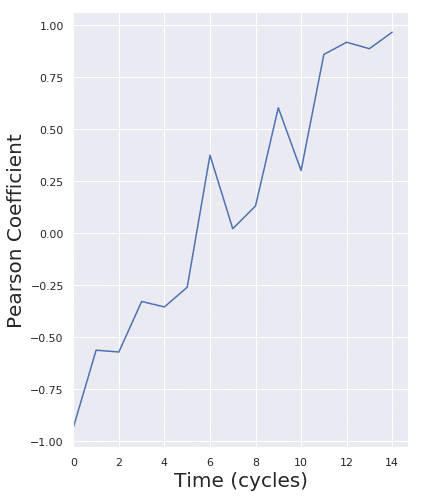
EMERGENCE OF MULTICELLULAR SYNCHRONIZATION BY INFORMATION-TRANSFER BETWEEN INDIVIDUAL CELLS
2Department of Physics, Oregon State University, Corvallis, OR, USA
Synchronization in multi-cellular systems is traditionally measured by averaging across populations of cells, that are treated as an identical collectively behaving group, while ignoring behavioral heterogeneity. Accordingly, most studies elucidate mechanisms of collective cell synchronization by perturbing components and measuring the alteration in the system’s synchronization. While this approach can identify factors required for synchronization, it cannot explain how noisy heterogeneous behavior of an individual cell is integrated across the population to synchronize the group. Here, we combined a unique experimental system with a data-driven modeling approach, as a platform to quantitatively evaluate the roles that each single cell takes in the intercellular information-transfer.
|
A
|
B
|
| Figure 1 (A) Cells take different roles in transmitting and receiving information in the multicellular network. The colors encode the transmission score, measuring the deviation between influencing and being influenced by other cells in the multicellular network. (B) Gradual reinforcement of long-range communication. Short-range communication is gradually transitioned to long-range communication. The correlation between the topological distance and the probability of having significant cell-cell influence at that distance throughout stimuli periods. |
|
We used live calcium imaging to collective chemosensing monolayers of fibroblasts cells in response to external ATP stimuli. We applied periodic stimuli and found that the cells formed a multicellular communication network that gradually evolved and reinforced collective synchronization. We used information-theory to quantify the asymmetric information-transfer between pairs of cells and defined quantitative measures to how single cells receive or transmit information in the multicellular network. We found that cells take different roles in intercellular information-transfer and that these roles are maintained between consecutive stimuli periods suggesting the existence of a cellular “phenotypic memory” (Fig. 1A). We also discovered that cells gradually learn which cells to “trust” as their leaders, potentially by integrating information along with many trajectories in the multicellular communication network (Fig. 1B). Finally, we found that the cell’s response to external cues is correlated with the cell’s susceptibility to being influenced by other cells suggesting that early responding cells take the “follower” role in the multicellular network. We conclude that synchronization emerges from division of labor of the individual cells that gradually reinforces synchronized calcium signaling from the local to the global scales.
Powered by Eventact EMS

